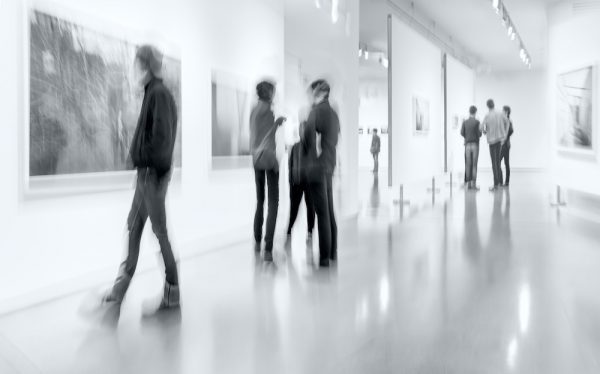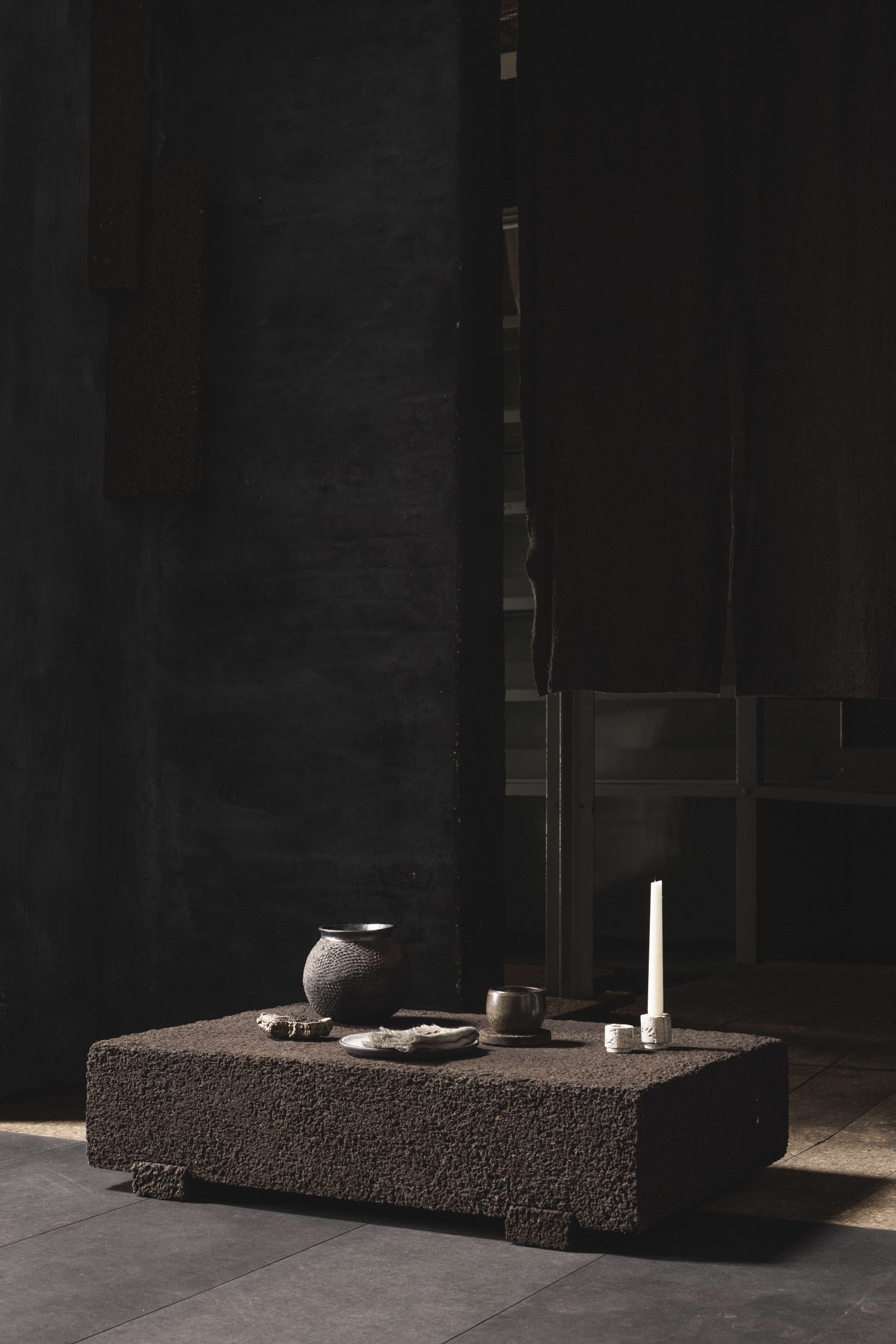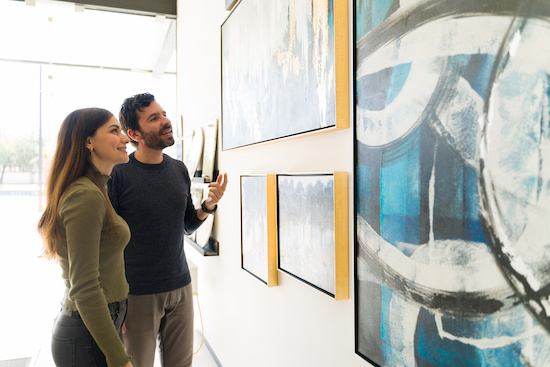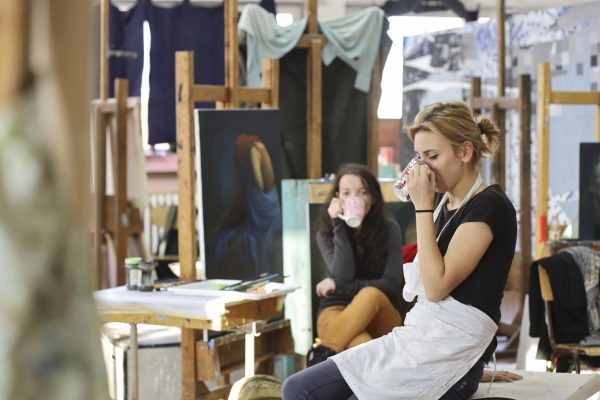Beyond the materials, becoming a professional artist requires a long shopping list of skills, inspiration and style. If you’re ready to get started on your creative journey, let Artweb guide you in joining the world’s best profession! Qualifications History...
Beyond the materials, becoming a professional artist requires a long shopping list of skills, inspiration and style. If you’re ready to get started on your creative journey, let Artweb guide you in joining the world’s best profession!
Qualifications
History has plenty of examples of self-taught artists (note we don’t use the word “untrained”). Among them include J. M. W. Turner, Francis Bacon and Vincent van Gogh (a bad example if you are in it to make money, as he died penniless). But there are differences. Artists who have gone through art school will have many benefits; the good news is that many of the benefits can be replicated outside of a college classroom.
Art history can be explored through books and visits to galleries. Feedback and the classic art school criteria designed to make your art practice more rigorous can be replaced by joining art groups or shared studios. Both offer a chance for artists to evaluate others’ work and provide a collegiate environment.
One if the hardest element to replicate is making contacts. Galleries and buyers will go to art school shows and look for talent they can exhibit and buy. Fellow artists will have contacts they might share, but you’ll have to do a lot of the legwork yourself. Start by attending every private view you can. Add yourself to gallery newsletters for events and become a regular attendee. It takes time, but eventually people will begin to recognize you, invite you to more events and you’ll be deeply immersed in the art world.

Develop your own art style
Defining your style is the more important element of developing your work. Consider why you want to become an artist. Usually it is the compulsion to create work. So, look at your work and determine if it is instantly recognizable. Some of the world’s most successful artists—for example, Claude Monet, Mark Rothko, Georgia O’Keffe—developed styles and pretty much stuck with them so that you would recognize their work anywhere. They reached the giddy heights of becoming iconic. Many artists got lost in trying to develop new work that wasn’t as easily recognized — or liked. Picasso is an outlier here, he effortlessly moved through artistic styles and even inventing a few.
What inspires you?
Nail down what interests you as an artist. It might be something as simple as color, or it may simply be the view from your window.
You can find out more about how to create your artist brand.
Other artists
Looking at other artists will help you firm up what you like. But it can get distracting, so take a break and focus on your own ideas if you start getting overwhelmed by another artist’s work.
Always look at what you like about that artist and what you don’t. Is it the size of work, the subject or the medium they use? There’s a difference between copying and being influenced by other artists (consider how the impressionists influenced each other’s work). Think of how you can add your own spin on elements you like in the work of other artists.
TIP: Sign up to Artweb’s newsletter for the latest on international art exhibitions and events.
 Being an artist is the most thrilling of careers.
Being an artist is the most thrilling of careers.
The world around you
You might find the weather, the woodlands around your house, people’s faces and figures fascinating. Get your sketch pad out and start drawing and doodling based on your everyday views.
Trends
Artists tend to develop a style independent of the fads of the art world. But as counterintuitive as it sounds, it’s worth looking at what is being shown, what the big exhibitions are and who the emerging artists are. Check out our guide on how to spot art trends and use them to your advantage.
Experiment
Start cheap. And start small. This allows you to experiment with different mediums and materials. You may like the idea of oil paint but find watercolor works better.
The only truly free artist is the undiscovered one. You don’t need to worry about what people think about your experimental work as no one will see it but you (unless you want them to). Try landscape, figurative, get a hand mirror and draw your own face. Grab left over paints and scrape them around a board or unwanted canvas. You get a feel for what you enjoy doing and what you think you are good at.
Your shopping list
Art supplies are a multi-billion dollar industry and the items purchased by hobbyists make up the lion’s share of profit. This is partially due to numbers, but also because hobbyists are not trying to balance the cost of their work with making a profit.
Head to a professional art store and you will be amazed by the range. If you don’t have a clear art supply shopping list, you can easily find yourself spending hundreds of dollars.

Spending your money where it matters: raw materials
One of the major differences between professional and hobby artists is that professionals will make do. Everything they spend comes out of their profit margin. So learn to make do.
Work surfaces: I’ve been into studios where new desks and table tops have been bought specifically for a studio. Instead, you should track down free furniture for your studio. No matter how carefully you work, it will end up with paint on it. Old dining tables are ideal since they tend to be large, solidly made and, although they take up some room, can generally live in the corner of a room. Send out requests to friends and family; everyone has old furniture knocking around. Old office chairs on rollers: These allow you to move around with minimum fuss and are made to support your back! A sturdy easel Plastic wrap: Extend the life of your oil paints by using plastic wrap to cover any leftover paint on your palette. Drying racks Mixing pots and palettes: Pieces of cardboard, old jelly jars and old kitchen trays are just as good. Rags for cleaning paintbrushes and brushing surfaces: Old towels and linens can be cut up into squares to be used for brush cleaning.Learn more about setting up a home art studio.












